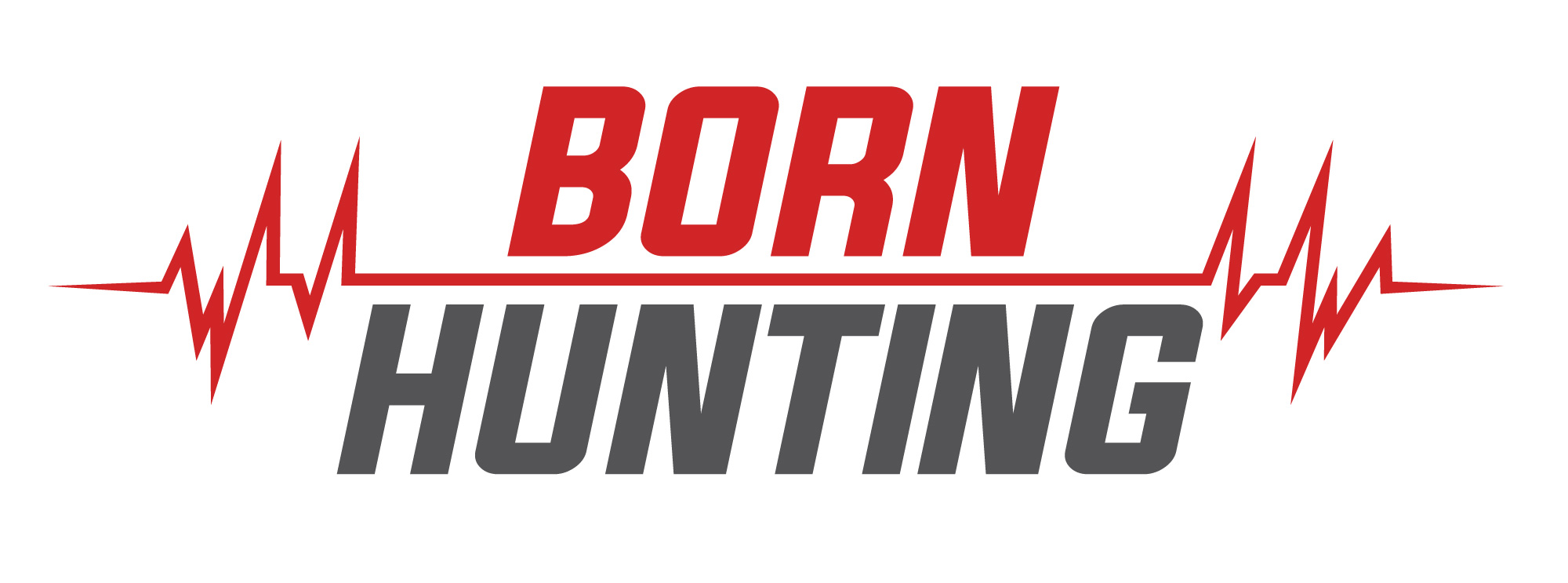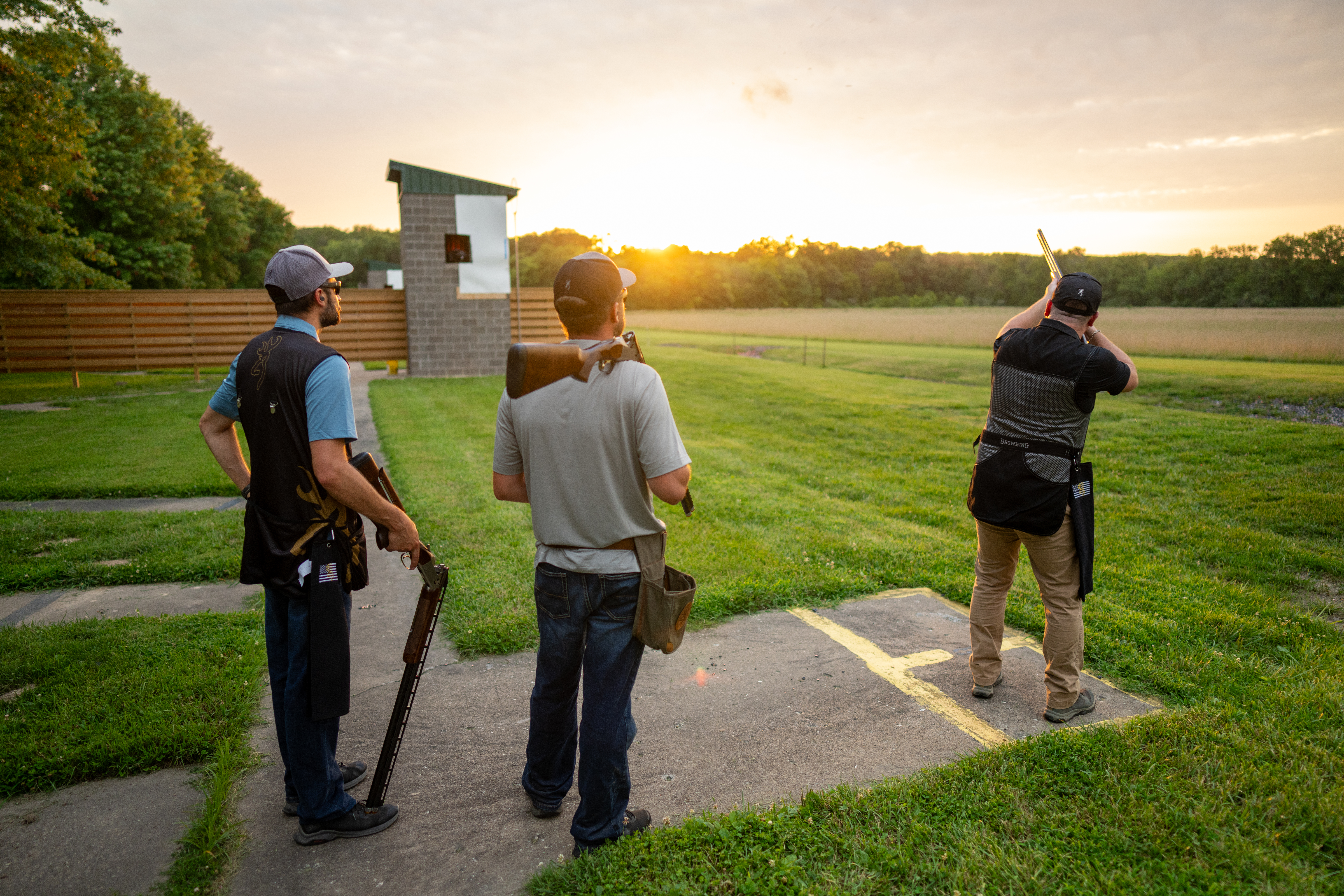A newbie hunter gets her first crack at taking to the ground blind without her mentor. Will all her hard work and waiting on the right buck to show pay off?
I was intimidated as a novice hunter amongst seasoned, skilled hunters. However, they were more than willing to answer any questions and provide me with valuable guidance on how to hunt effectively. Thanks to their assistance, I tagged my first buck by myself, and let me tell you (some of you already know), there’s nothing like it.
When it comes to hunting, the weather and moon significantly influence deer activity. Brad Fenson, outdoor writer and hunting guru, informed me that when it’s lighter at night due to a full moon, deer usually won’t move until later in the afternoon, making hunting a bit difficult. His advice proved right on target, something I hadn’t considered previously. Nevertheless, we still went out each morning. Our outfitter, Todd Rogers “door dashed” our hunting blinds to deliver mid-day snacks when an all-day sit was in store. Talk about a full-service outfitter.
To better age deer in the field, Todd from Rut N Strut Outfitters gave me the best tip: “If the front chest area looks bigger than the back end of the deer, it is younger; if they look similar, then it is older.” Every time I saw what looked like a decent buck, I’d take a picture and send it to my stepdad Mark Sidelinger who’d text me back: Not old enough. After sitting in my blind for hours on end without much happening, I spotted a big buck with an impressive body and quickly shot Mark a photo. This time he replied: Shooter. Finally, the response I’d been waiting a week to read.

The best advice to any new hunter is patience. I learned that from my stepdad, who has been hunting for almost 40 years. He knows all about patience from his hunting experiences around the world. He was with me when I shot my first doe and has been my mentor for the last four years. It was different not having him in the ground blind with me, but his four years of teaching prepared me well for the hunt. When my target buck came into view, my range finder read 38 yards, a tick beyond the distance I’d sighted my TenPoint Flatline 460 crossbow to. I had high hopes the deer would come closer, but he was trolling through looking for a hot date and didn’t present a good shot opportunity, and just like that, he was gone. I’d waited patiently, put in my time, and was bummed the buck didn’t come any closer but also proud I’d made the right decision. Taking a shot at the buck at a distance I wasn’t ready to shoot could have led to a miss or, worse, a wounded buck.

When Todd came to get me, and I told him about the encounter, he told me I needed to return to the same ground blind for the afternoon hunt because the wind was still in my favor.
I arrived at 3:00 p.m., got everything in the blind situated, and started ranging some areas in front of me. I wanted to be ready and reduce in-the-blind movement if a good buck wandered in. The woods remained quiet until 4:30, when two four-points and two spike bucks appeared. They were sparring, and I almost didn’t notice the bigger buck slipping in. This was it. All the waiting was going to pay off. The buck was in range, and I was ready. Unfortunately, something spooked the entire group, and the feeling of discouragement — a feeling I’d had multiple times on this hunt came back. I felt like I was destined to eat tag soup. Then, 10 minutes later, the buck returned. He was only 17 yards away but was on the move. Taking a tip from the Brad Fenson playbook, I let out a bleat, and the buck stopped broadside.
Mark always instructed me to follow the back of the front leg a third of the way up on the deer’s body to find the heart. A heart shot is great because you will still hit the lung if the deer ducks. I kept repeating his advice in my head. With my crossbow’s safety off, I set the crosshairs a third up and went full send. The bolt’s impact was perfect, and the buck donkey kicked and sprinted off immediately after the shot. I admit I did a little “buck down” cheer to myself. I’m glad I was using a BOG Death Grip tripod to keep my crossbow steady while shooting because the adrenaline coursing through my body was insane.

Waiting for the outfitter and Mark to get there, I used my binos to locate my bolt. I could see the nock and some of the bolt sticking out of the red Oklahoma dirt, which looked covered in blood. After waiting the longest 30 minutes of my life for them to arrive, I showed them where my bolt was, and we started following the blood trail. We followed the blood trail 50 yards, and there he was. All the work I put in that entire week, all the advice everyone so willingly gave me, and every emotion of finally doing it all on my own set in. Thankful for this opportunity to provide for my family, I shed a tear, and high-fives and big hugs were exchanged. It was an excellent experience.
I’m confident I wouldn’t have achieved all this without the assistance from all the hunters in camp and my stepdad’s support. Even though I started hunting later in life, it’s always possible. Don’t be intimidated if those around you have been hunting for much longer; they’d be more than happy to provide their expertise to help get you into hunting and teach you about this fantastic lifestyle.
Gear Used:
Crossbow: TenPoint Flatline 460
Clothing: KUIU
Tripod: BOG Death Grip
Bolt: TenPoint CenterPunch
Broadhead: SEVR Robusto
Boots: DryShod Arctic Storm










binance us register
June 8, 2024 at 2:14 pm
Thanks for sharing. I read many of your blog posts, cool, your blog is very good.
binance Anmeldungsbonus
July 28, 2024 at 9:48 am
Your point of view caught my eye and was very interesting. Thanks. I have a question for you.